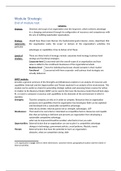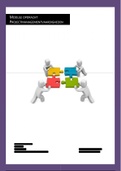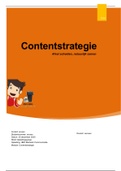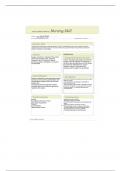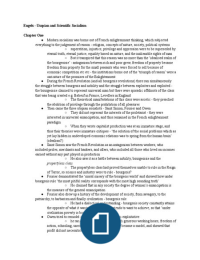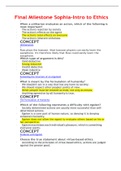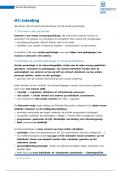Samenvatting
Summary Strategic test + assignment
- Vak
- Strategic
- Instelling
- NHL Stenden Hogeschool (NHL)
De samenvatting vat alle belangrijke informatie samen die je nodig hebt voor je tentamen en voor je groepsopdracht. De informatie komt van verschillende boeken die zijn aangeraden tijdens de module (Exploring Strategy, Finance boek en een ander Strategic boek). Deze samenvatting helpt jou om je ten...
[Meer zien]
